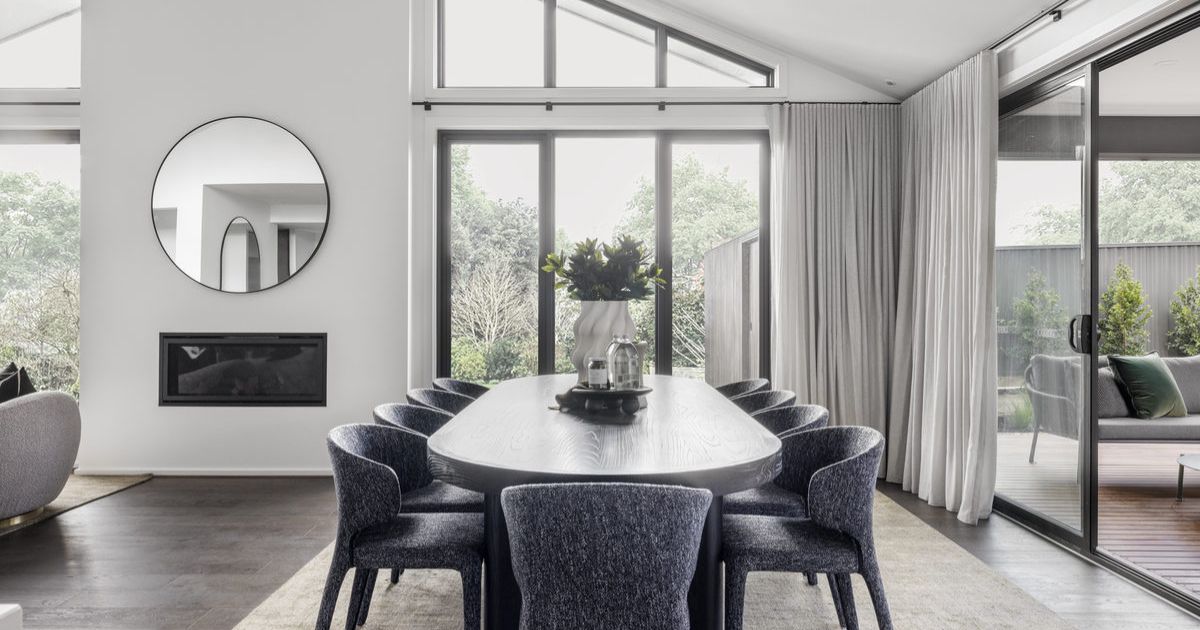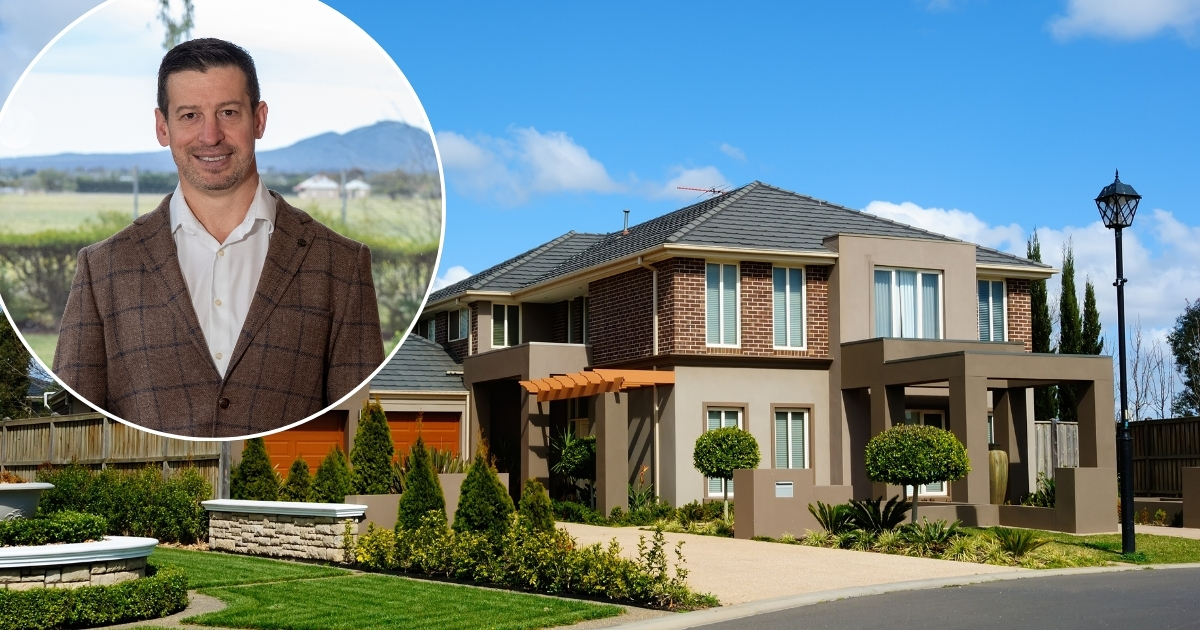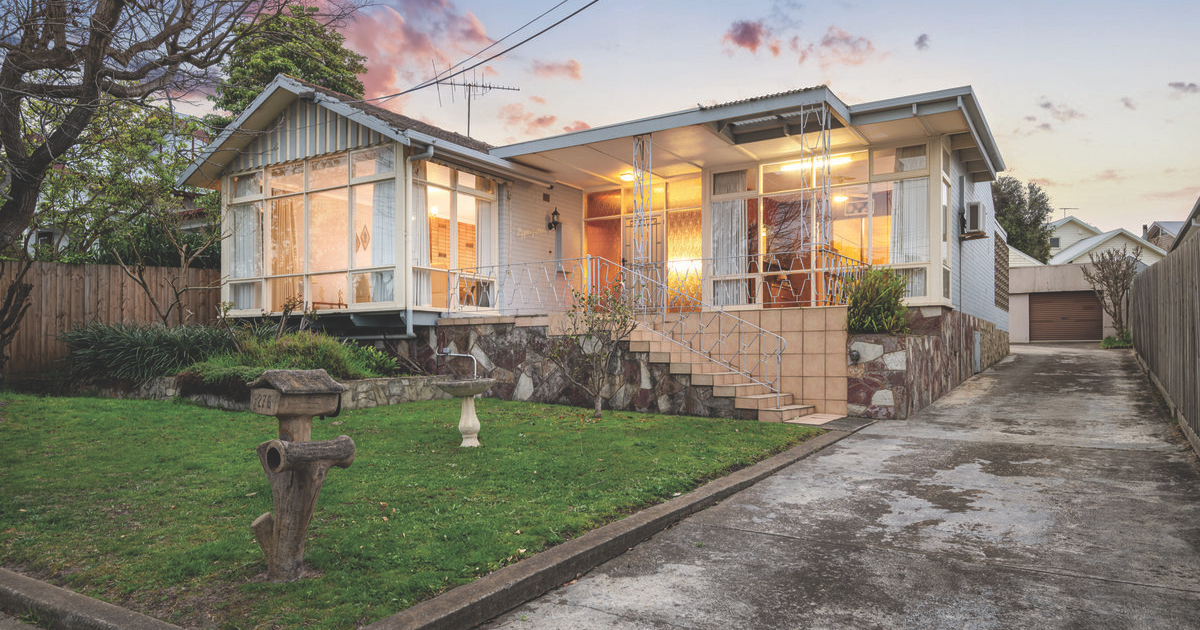Town by town snapshot: St Leonards

This 3 bedroom St Leonards home built in 1983 sold recently for $501,200 and was sold previously in 2011 for $327,500.
THE size of St Leonards is about 28.5 square kilometres and has five parks covering nearly seven per cent of total area.
The population of St Leonards in 2011 was 2,000 people and by the 2016 Census the population was 2,484 showing a population growth of 24.2 per cent in the area during that time.
There has been significant population growth since the last Census with the popular Seachange Estate selling over 550 lots alone in the last few years.
St Leonards origins began when James Langdon took up his St Leonards pastoral station in the area in 1849, possibly taking the name from the town of that name in Sussex, England.
Langdon was a partner of George Cole, a Melbourne merchant and owner of Coles Wharf on the Yarra River.
Shortly after Langdon’s purchase Cole acquired land along the foreshore, both sides of the present-day St Leonards.
He is thought to have established a firewood trade from the Bellarine Peninsula to Melbourne and to have built the first houses at St Leonards.
A pier was functioning by 1862 and was used for the carriage of agricultural produce as well as for poultry, pigs and fish.
Along with several coastal towns on the Bellarine Peninsula, St Leonards became a camping and fishing resort.
St Leonards has grown steadily since the 1960’s and has a foreshore reserve from Indented Head (to its north) to Lower Bluff wildlife reserve, interspersed with three camping areas.
The predominant age group in St Leonards is 60-69 years with households in St Leonards being primarily childless couples and are likely to be repaying $1,400 – $1,799 per month on mortgage repayments, and in general, people in St Leonards work in a professional occupation.
In 2011, 70.9 per cent of the homes in St Leonards were owner-occupied compared with 71.6 per cent in 2016.

















